
views
- Pubic hair likely starts to itch due to regrowth, razor burn, ingrown hairs, product irritation, or dry skin.
- To stop pubic hair itch, apply a cold compress to the irritated area, moisturize with natural oil, or rub on some hydrocortisone cream.
- Prevent pubic hair itch from returning by trimming your hair before shaving, using shaving cream or gel, and moisturizing immediately after shaving.
How to Stop Pubic Hair Itch

Natural oils Coconut, avocado, and almond oils are excellent ways to restore your skin’s natural moisture barrier. Not only do these oils relieve itch, but they also rehydrate your skin to help prevent the itch from returning. Simply apply the oil directly after shaving or whenever it itches. This method is ideal if you have pubic area dryness or razor burn. Avoid oils and products that contain alcohol, as these can irritate sensitive skin more.

Hydrocortisone cream This steroid-based cream can be purchased over the counter and is designed to stop itching in its tracks. Apply a small amount of hydrocortisone cream to the affected area 2 to 3 times a day. Do not use hydrocortisone cream if there are sores or signs of infection on your pubic area. This method effectively relieves itch from shaving gel or cream irritation or razor burn.
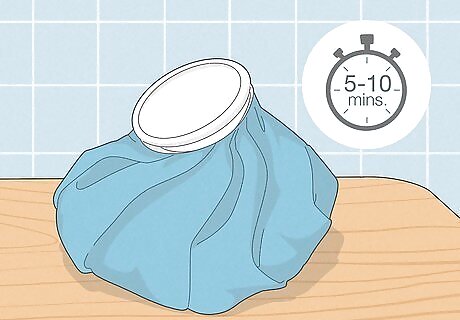
Cold compress A fast, easy, and effective way to relieve itching down there is to apply a cold compress. Soak a clean washcloth in cold water, wring it out, and place it gently on the affected area in 5 to 10 minute increments. This helps reduce inflammation, calms itching, and soothes irritated skin. Alternatively, take a cold shower or bath to fully immerse your pubic area in cold water. This method works extremely well on all causes of pubic hair itch, especially razor burns and ingrown hairs.

Loose clothing If you’re experiencing pubic hair itch, one of the best things you can do is wear baggier clothing. Tight clothes can irritate the pubic area more and create friction, leading to further redness and irritation. Do your best to avoid restricting pants and underwear to stop the itch. For example, opt for cotton underwear instead of lingerie and sweatpants over form-fitting leggings. This method is a great solution for all types of pubic hair itch and can also be used as a preventative measure directly after shaving.
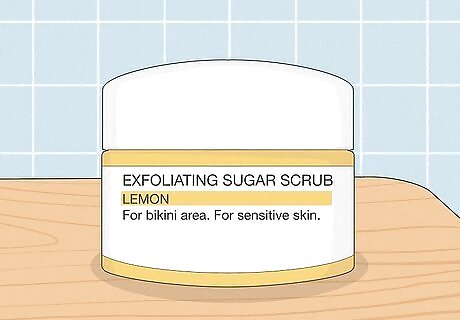
Exfoliate Exfoliating 1 or 2 days after shaving your pubic area can help reduce itch and lessen the appearance of razor bumps. Pubic scrubs are designed to gently scrub away dead skin cells, dirt, and bacteria to reveal fresh, new skin. This method works best if you have naturally dry skin and itchiness from pubic hair dryness. Avoid exfoliating if you have cuts or sores on your pubic area or razor burn, as this can worsen your symptoms. Similarly, experts recommend exfoliating right before shaving to prep for a clean and smooth shave.

Shower and bathe less frequently Believe it or not, if you have chronic pubic hair itch, you may be bathing too often. Washing yourself removes your body’s natural oils and can dry your skin out. Aim to shower or bathe every other day or 2 to 3 times a week to help restore your skin’s natural moisture barrier and stop pubic area itching. This method is ideal for those with dry skin. Talk to your dermatologist about how often you should shower or bathe. Remember, every body is different, so do what’s best for you!
What causes itchy pubic hair?
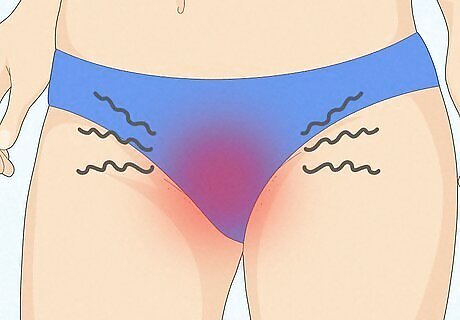
Shaving pubic hair can cause it to itch. After removing or shaving pubic hair, you may experience itching—this is completely natural! When you shave, you’re not removing the whole hair; you’re simply cutting it down. As the hair grows back, it can cause an itching or prickly sensation because the hair follicles have been disturbed. Some women’s skin may even turn red from irritation. While this isn’t something to normally fuss about, it can be annoying and may be the result of a bigger issue like: Razor burn. You likely have razor burn if you are itchy and have a red, bumpy rash where you shaved. This is the most common cause of pubic area itch, resulting from a dull razor, shaving without a lubricant, or shaving too often. Ingrown hair. Shaving with a blunt or dull razor can pull on your hair follicles the wrong way, causing them to regrow in the wrong direction. This results in itchy pubs and red, purple, or brown raised bumps. Pubic area dryness. If you have dry skin, chances are your pubic hair itches more than usual. The itch can be accompanied by flaky skin or redness. Irritation from shaving cream or gel. Pubic hair itch may be the result of products you’re using to wash or shave. Notice if you’re itchy anywhere else on your body, or do a patch test with your shaving cream or gel on your forearm. Folliculitis. This bacterial infection is caused by shaving with an unclean razor. If you experience itching and have red and white pimples around your pubic hair follicles, it’s likely folliculitis. Mild cases usually clear up on their own after a few days, but if your symptoms worsen or the infection spreads, see a doctor.
How to Prevent Itchy Pubic Hair

Trim pubic hair before shaving. Avoid pubic hair itch by trimming down your pubic hair before you shave or remove it. This way, the razor has to do less work, making it easier to achieve a close shave and prevent ingrown hairs. Use pubic hair scissors, as these are specifically designed to clip hair down there. Always trim your pubic hair while standing up to prevent injury.
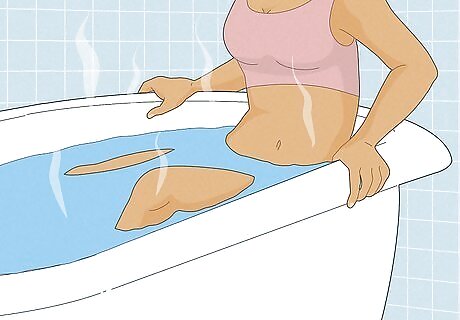
Soak in hot water before you shave. Before shaving your bush, soften your skin by immersing it in warm or hot water for around 2 minutes. This way, your pores will open up, making it easier to reach the hair follicle and get a clean, smooth look. Avoid staying in hot water too long, as this can dry out your skin and increase your chances of irritation.

Use a sharp, clean razor. One of the worst things you can do is shave your pubic hair with a dirty and/or dull blade. Dirty razors lead to infections (such as folliculitis), and dull razors can cause ingrown hairs and razor burns.

Apply shaving cream or gel. While it may seem like a hassle, never skip using shaving cream or gel when you shave. These products are designed to help moisturize your skin as you shave, serving as a protective barrier between your skin and the blade. Using them can help prevent redness, irritation, and unwanted bumps. Stick to using fragrance-free shaving cream or gel to avoid further irritation, redness, and itching.
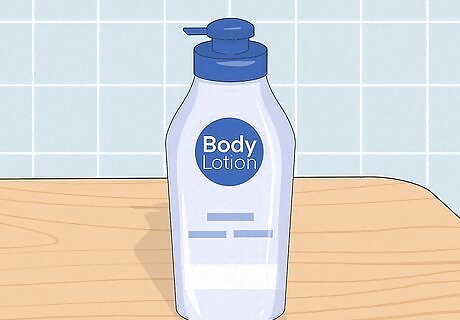
Moisturize after shaving. Whether you have dry skin or not, one of the best things you can do to prevent pubic hair itch is to apply a moisturizer after you shave. This helps reduce overall dryness and can even minimize your chance of getting razor bumps. Opt for a fragrance- and alcohol-free moisturizer to avoid irritation. Natural oils are also a perfect way to moisturize after shaving.
















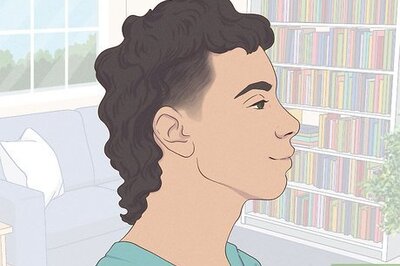

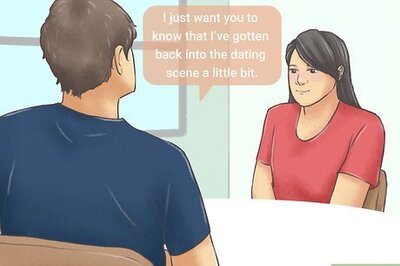

Comments
0 comment